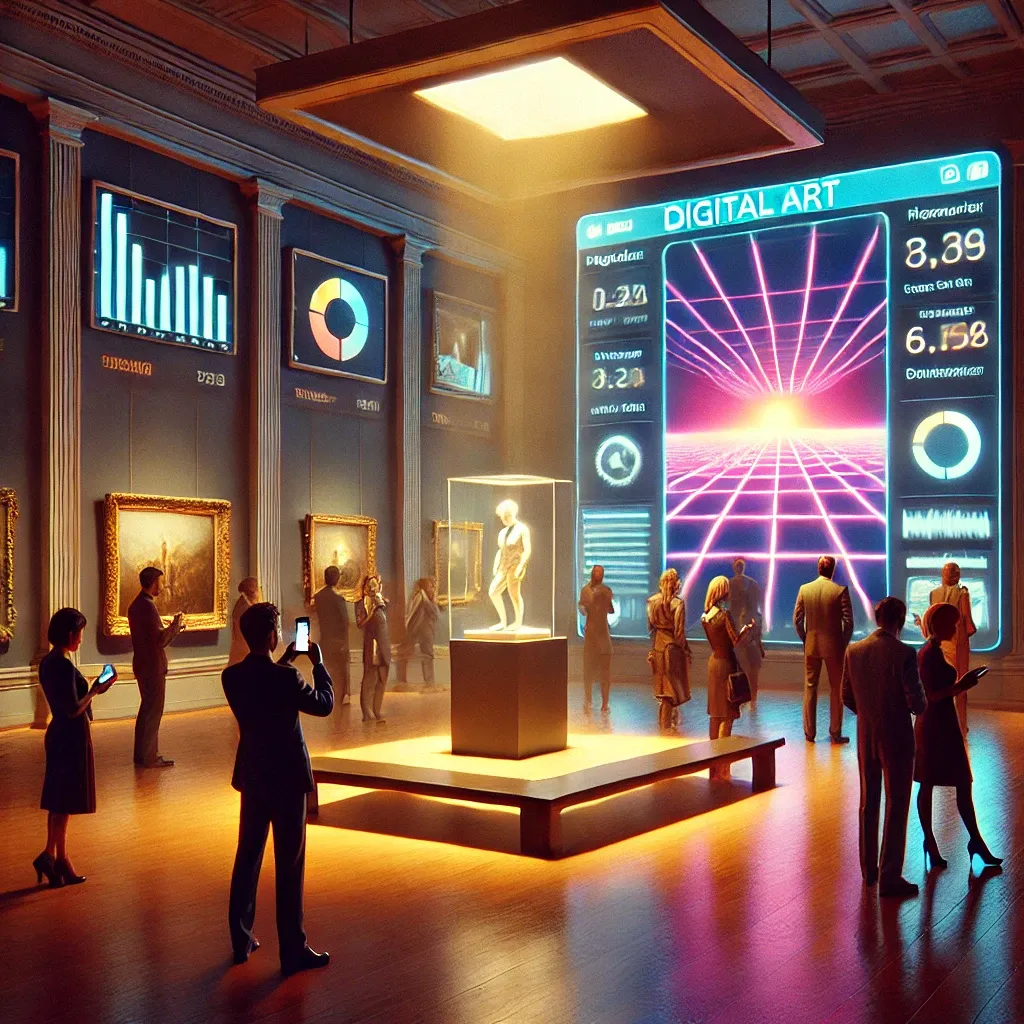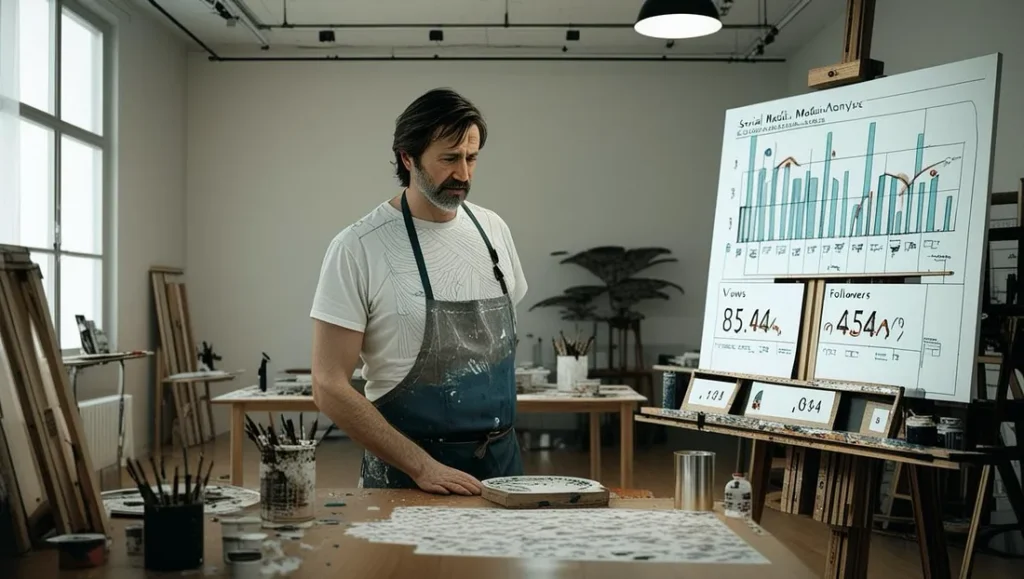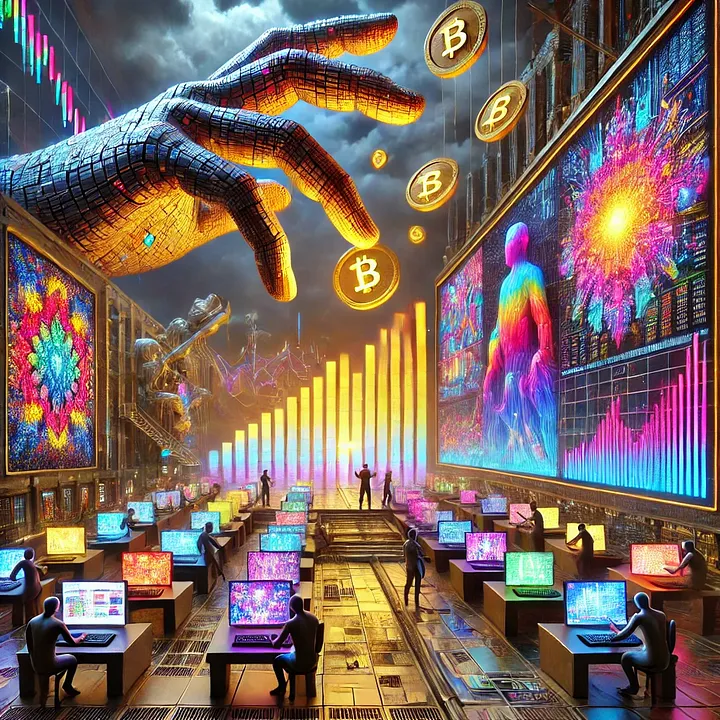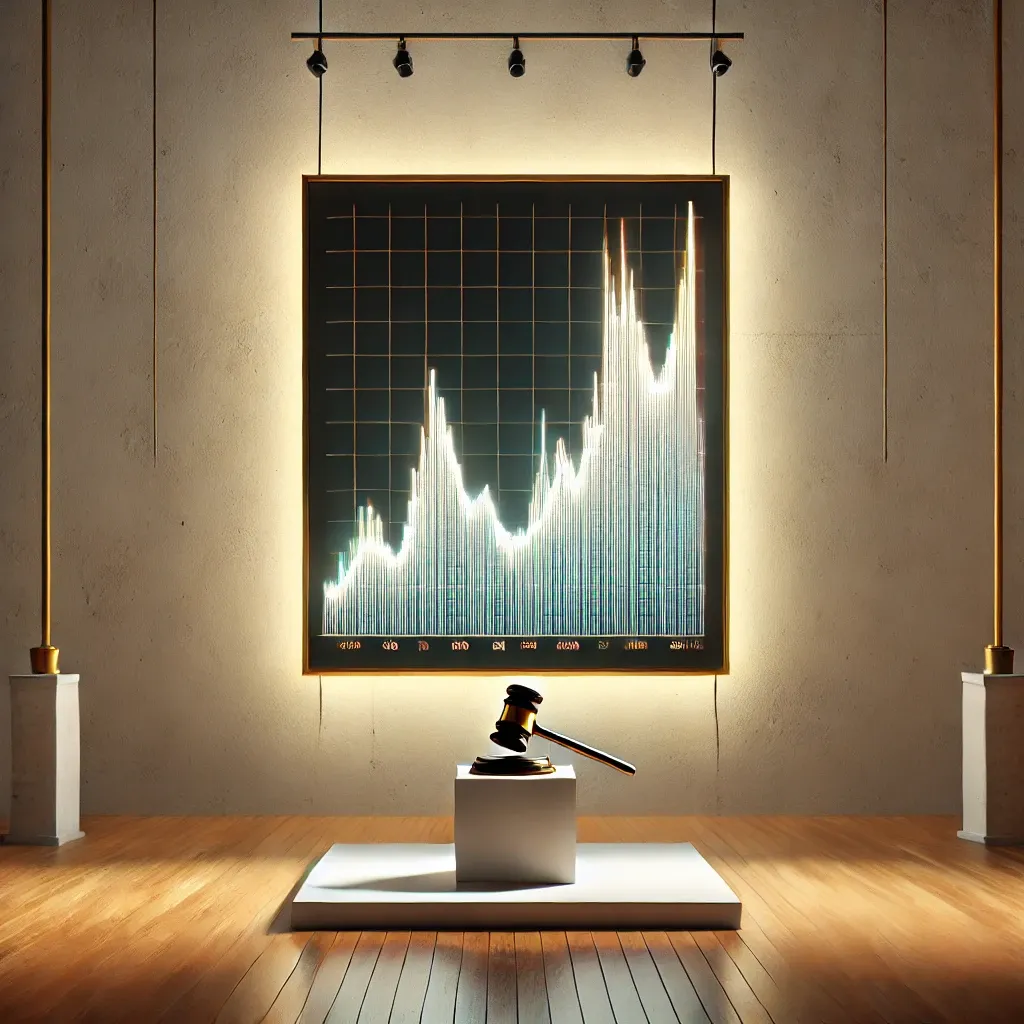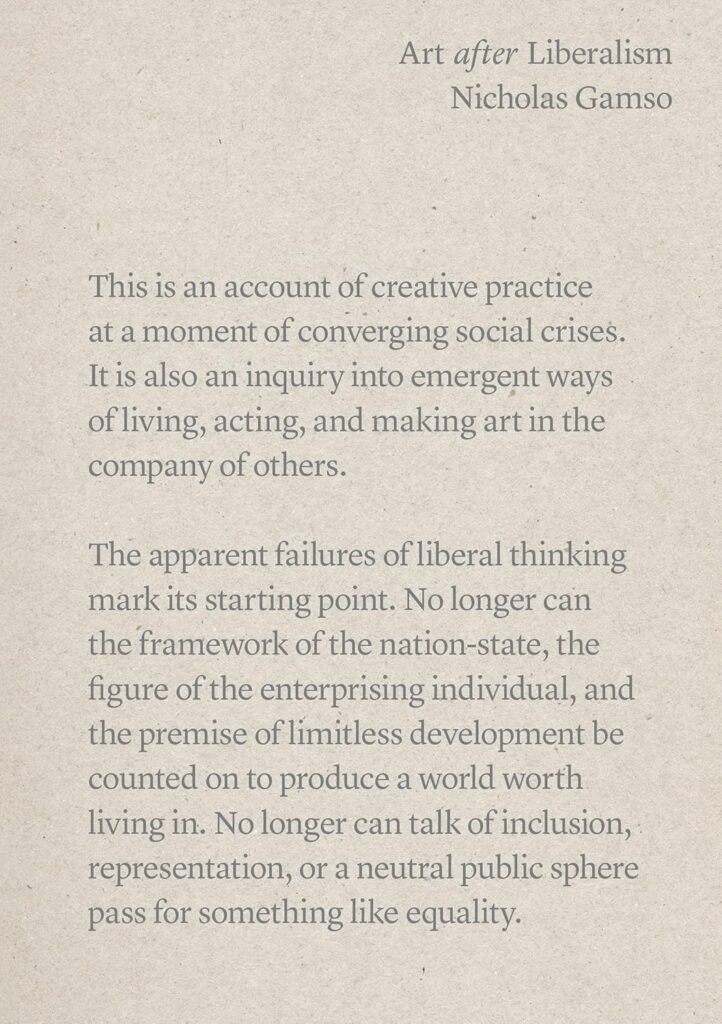What Aesthetic Characteristics Are Recurrent in Digital Art Produced Within Neoliberal Markets?
Under the aegis of neoliberal markets, digital art emerges as a terrain of pulsating tensions. More than a mere reflection, it is a field of forces where algorithms and market interests intertwine, shaping works that balance technological euphoria with a critique that is sometimes hesitant. Interactivity, programmed obsolescence, and the allure of virtual luxury converge […]



